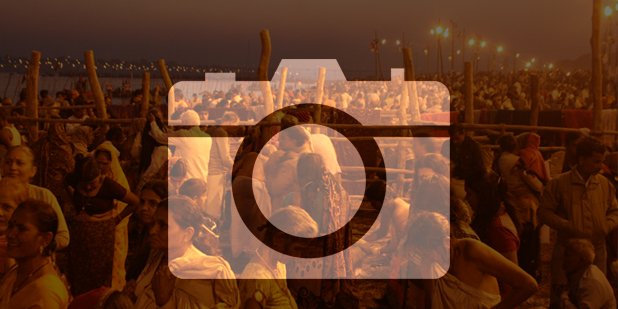Photography

Course Objective:
Using a camera is a creative outlet that can strengthen your abilities in ways applicable to the design process. Photography is also a process. Every step requires making decisions about the placement of objects, framing the shot, appropriate settings, and looking at intricacies of light and color. All these elements are also important to graphic design. Learning photography can help you develop a better eye for composition. Composition is the combination of formal underlying elements like line, balance, and shape in an image.
Course Syllabus
Basic Photography- Light, Subject, Camera, Film and Paper, Lighting effects, Dark room Practice, enlarging and other techniques for printing of photo. Product photography for simple objects in different type of textural surface, Practical studio assignments, Types & Function of Camera, Portraiture photography, printing photographs
Understanding in details about parts of Camera and its techniques, Meaning of Focal length, aperture, shutter speed, Lighting- Natural, Conventional, artificial lighting for still life and portraits, use of flush guns, Types of films, papers, grades and textures, Portraiture photography with colorization line effect.
Photography processing developing and fixing the materials, Expose contact and bromide printing, toning, copying techniques, Developers and other related chemicals for use in darkroom. Print criticism Understanding a good photograph and criticizing it with reference to originality, subject matter, print quality, lighting and presentation.
Experimented photography and other technical elements of photography including experimented darkroom techniques for Black & white work. Industrial Photography, Architectural Photography.
